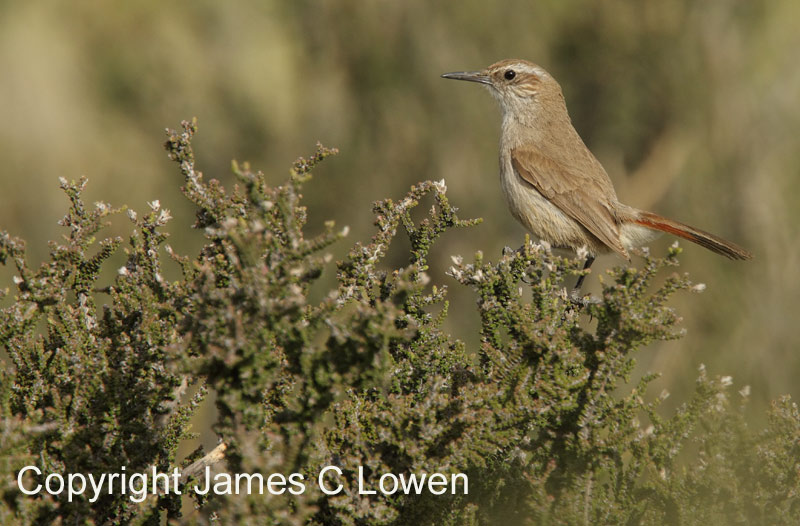
Eremobius phoenicurus
SUBFAMILY
Furnariinae
TAXONOMY
Eremobius phoenicurus Gould, 1839.
OTHER COMMON NAMES
French: Annumbi rougequeue; German: Dornschlьpfer; Spanish:
Bandurrita Turca.
PHYSICAL CHARACTERISTICS
Body length is about 7 in (18 cm). Bill is rather long, slightly
downcurved, and pointed. The tail is long. The sexes are similar.
Overall coloration is dull olive-brown on the back, with a lighter
brown-streaked belly, white throat, rufous on the margins of an
otherwise blackish tail, and a whitish stripe over the eye.
DISTRIBUTION
Occurs in southeastern Argentina and barely into extreme
southern Chile.
HABITAT
Inhabits cool, sparsely shrubby, level grasslands of the prairie
(steppe) of Patagonia. Occurs as high as about 3,900 ft (1,200 m).
BEHAVIOR
Non-migratory. Usually occurs singly or in pairs. Defends a
breeding territory. A largely terrestrial bird that runs over the
ground, and only sometimes perches in shrubs. Often cocks its
long tail erect. The song is a short, rapid trill.
FEEDING ECOLOGY AND DIET
Forages for insects and other small invertebrates on the
ground, often by probing into soft earth with its bill.
REPRODUCTIVE BIOLOGY
Builds a nest of twigs in a low shrub. Both the male and female
incubate the eggs and rear the nestlings.
CONSERVATION STATUS
An uncommon species, but not considered at risk.
SIGNIFICANCE TO HUMANS
None known.
Other popular Animals
Photo Gallery of - Band-tailed earthcreeper
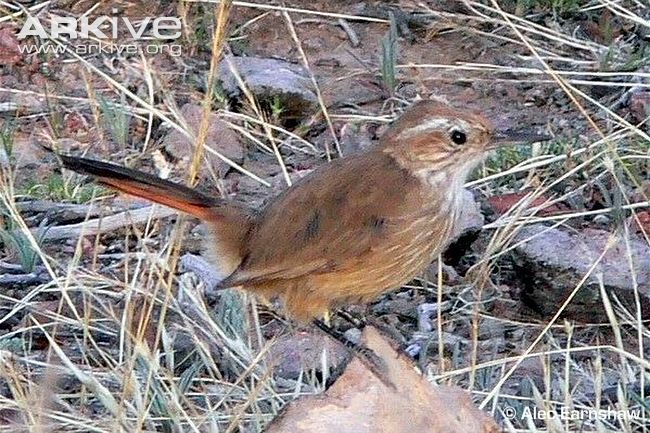
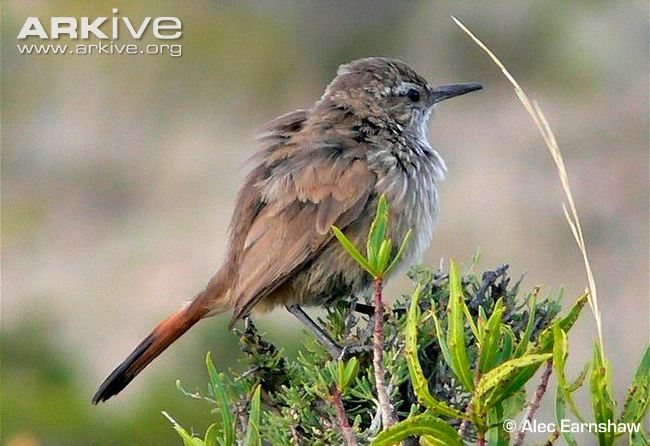
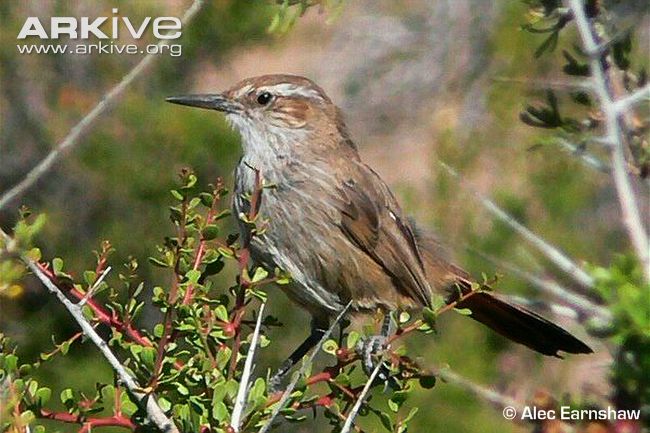
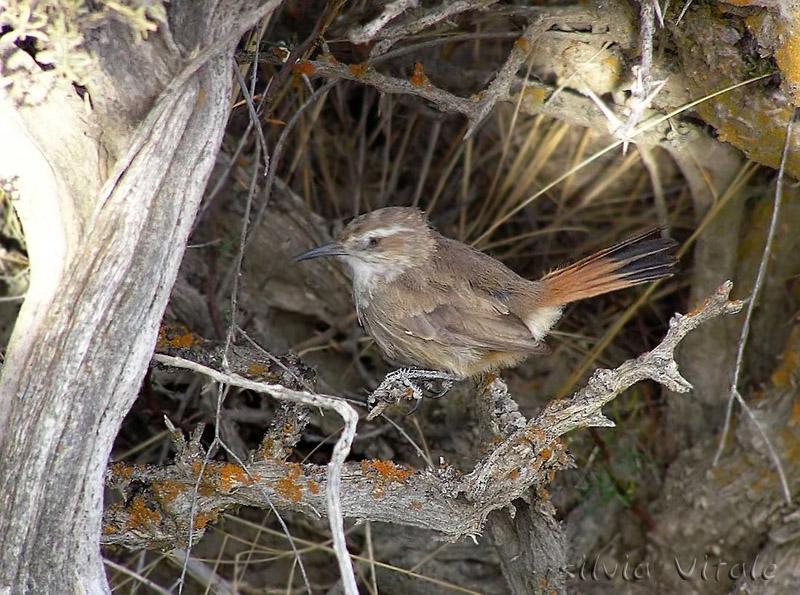
 Animalia Life
Animalia Life